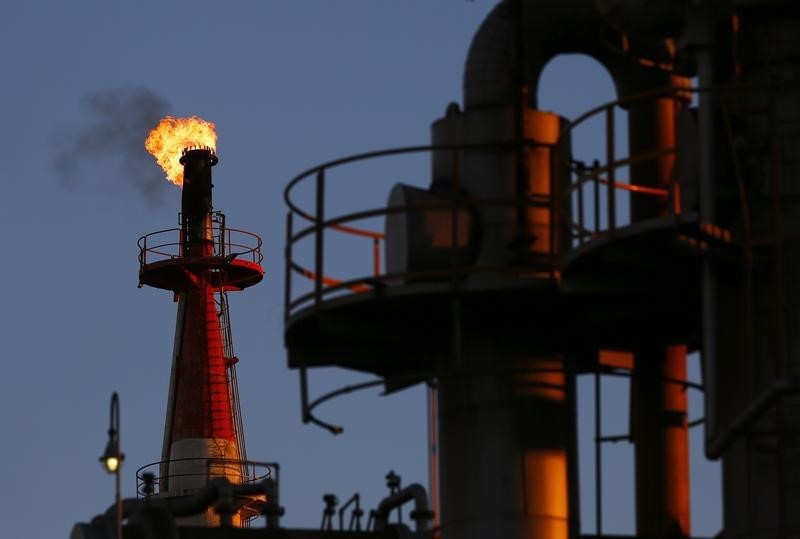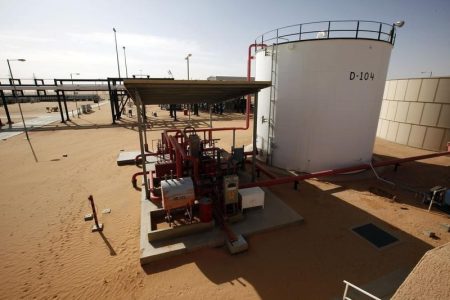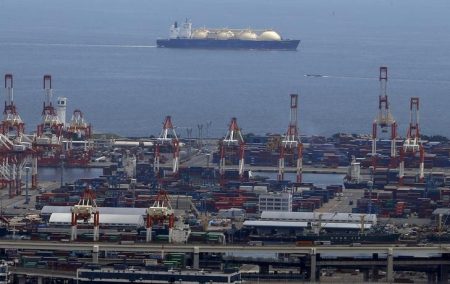Investing.com– Oil prices fell in Asian trade on Thursday after a strong run of gains this week as markets awaited more developments in the Israel-Hamas war, while upcoming signals from the Federal Reserve were also in focus.
An escalation in the conflict, after the deadly bombing of a Gaza hospital and the cancellation of a summit between U.S., Egyptian and Palestinian leaders greatly boosted oil prices this week as markets feared that other Arab countries could join the fray.
Such a scenario is expected to disrupt supplies in the oil-rich region, potentially tightening global crude markets. Iranian ministers urged for an oil embargo on Israel, although the Organization of Petroleum Exporting Countries said it had no action planned at the moment.
Signs of tighter supplies were furthered by U.S. logging a bigger-than-expected draw in the week to October 13. A sustained drop in and inventories indicated that U.S. fuel demand remained robust.
Oil markets were also encouraged by data showing better-than-expected in world no.1 oil importer China, although growth still remained below pre-COVID levels.
Crude prices jumped around 2% on Wednesday. But this rally now appeared to have paused as the rose, while a steep sell-off in bond markets also rattled sentiment.
The U.S. also eased sanctions on Venezuela’s oil sector after the government and opposition parties reached a deal for a 2024 election. But analysts said any supply unlocked from such a move would be unlikely to help ease tighter oil markets this year.
fell 0.2% to $91.13 a barrel, while fell 0.2% to $87.12 a barrel by 21:23 ET (01:23 GMT).
The prospect of tighter supplies, following steep production cuts by Russia and Saudi Arabia, have been a major boost to oil prices this year. But the rally somewhat cooled in recent weeks, as fears of higher-for-longer U.S. rates crept back into markets.
Powell speech awaited, dollar strength curbs oil rally
is set to speak at the Economic Club of New York later in the day, potentially offering up more cues on the path of interest rates.
A string of strong U.S. data releases, particularly and , ramped up bets that the Fed will have enough headroom to keep rates higher for longer. This notion boosted the dollar, which came within sight of a 11-month peak this week.
Markets fear that higher interest rates will stymie economic activity this year, potentially denting crude demand. A stronger dollar also weighs on oil demand by making crude more expensive for international buyers.
Powell has largely maintained the rhetoric of higher-for-longer interest rates, and is expected to reiterate his stance later in the day. The Fed is also expected to cut rates by a smaller margin in 2024.
Read the full article here















